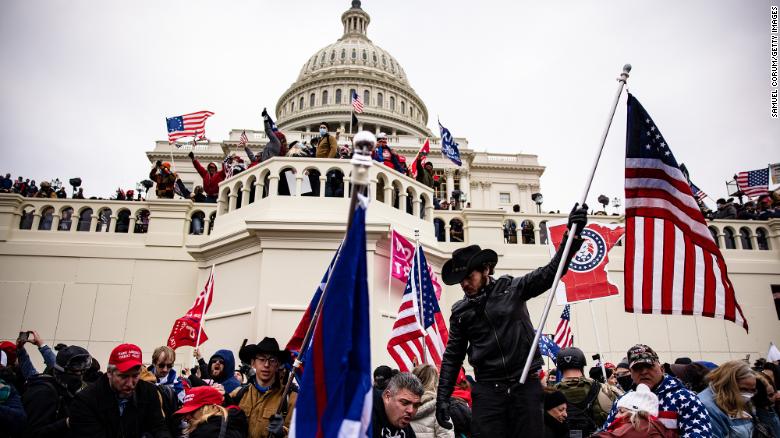The Lawlessness of the Supreme Court and the Crisis of Liberalism
I suppose it’s fitting that Donald Trump, a lawless president, would saddle the country with a lawless Supreme Court. This isn’t merely a matter of “denying Biden the same deference” that it extended to the Trump administration, nor of enacting Republican policy preferences on farcical and frequently incoherent grounds. It has at least twice removed injunctions on laws that are “unquestionably illegal under controlling precedent.”
Scott argued a few weeks ago that “Courts that willfully ignore the text and purpose of major statutes are an existential threat to democratic self-rule, because even if majorities can surmount the formidable obstacles to legislating, Republican-controlled courts can simply rewrite the law to suit their own preferences.”
And that’s just one dimension of the threat posed by the Supreme Court to our increasingly frayed liberal republic. It unfailingly exercises its power to facilitate subnational democratic backsliding. The median vote on the Court – the least lawless of its Republicans – is a man who has committed his life to rolling back the political rights of Black Americans.
What’s happened to the Supreme Court is, in broad strokes, consistent with what we’ve seen in other cases of democratic backsliding, such as Poland and Hungary. To wit:
Orban consolidated power through tactics that were procedurally legal but, in substance, undercut the rule of law. He stacked the courts with partisans and pressured, captured, or shut down independent media. Orban’s open assault on academic freedom—including banning gender studies and evicting the Central European University from Hungary—finds analogies in current right-wing efforts in Republican-controlled states to ban the teaching of critical race theory and target liberal and left-wing academics.
Mitch McConnell also employed perfectly legal means to pack the Court with a Republican supermajority. His refusal to hold hearings for Merrick Garland on the grounds that “the American people, rather than a lame-duck president whose priorities and policies they just rejected in the most-recent national election” should decide “who should be afforded the opportunity” to appoint the next member of the Supreme Court violated no written rule. Nor did his decision to move forward Amy Coney Barrett with reference to rather dubious distinctions between the two cases.
Instead, McConnell took yet another sledgehammer to the values that sustain liberal republics, which include the principle that political factions agree to play by the same rules. He used the rule of law in order to subvert the rule of law, as the Court McConnell built is now gleefully doing.
Alex Cooly and I have a piece in the most recent issue of Foreign Affairs that tries to contextualize such developments within the context of a “broader crisis” that endangers “liberalism itself.”
There are a number of themes running through our article. One is that proponents of liberal democracy face a lose-lose situation: we’ve reached the point where we have to compromise some principles and values in order to save liberal democracy, but doing so will create its own dangers – and quite possibly make things worse.
The Court is a good example. It really is lawless. It really is a threat to U.S. liberal democracy. There are two options.
One is enacting major reforms that rebalance the Court. That’s clearly off the table. Between entrenched interests and the political realities of the Senate, reform is going nowhere.
The other is to defy the Court, an action that would require – sooner or later – a sustained attack on its legitimacy. This raises all the usual concerns about the future of judicial independence and the rule of law.
It also exacerbates a fundamental reason why everything is terrible: the significant erosion of trust in most lynchpin U.S. institutions. Some of that erosion is fully, or at least partially, justified. Some of it stems from cynical efforts to destroy the ‘administrative state.’ That, more than anything else, opened the door to reactionary populism and its neopatrimonial approach to governance.
At the end of the day, we don’t think there’s a real choice here.
U.S. officials who sincerely wish to defend the liberal order will need to choose sides, both domestically and in the conduct of U.S. foreign policy. In doing so, they will blur the distinction between liberal and illiberal practices. They will need to break domestic norms, such as not modifying the size and jurisdiction of the federal judiciary because of its ideological disposition. They will also need to back away from post–Cold War norms, such as limiting favoritism toward political factions in and among major democratic allies. And they will need to do so with the clear understanding that these actions could backfire and provide rhetorical cover for illiberal and antidemocratic practices at home and abroad.



